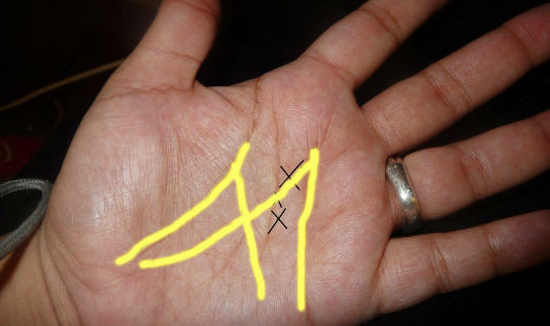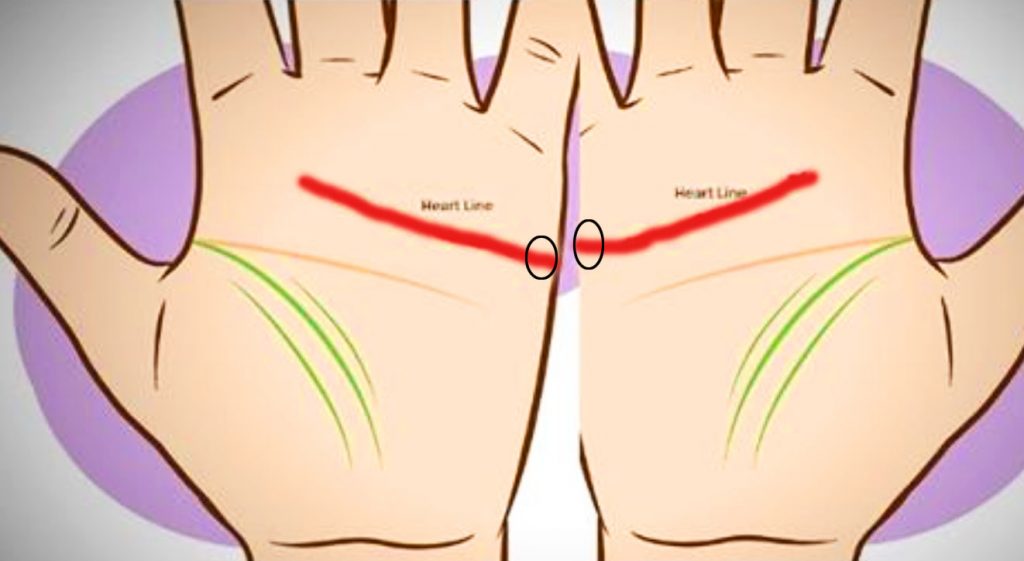Are You Intelligent Enough To Create a Square By Moving Just 1 Match?
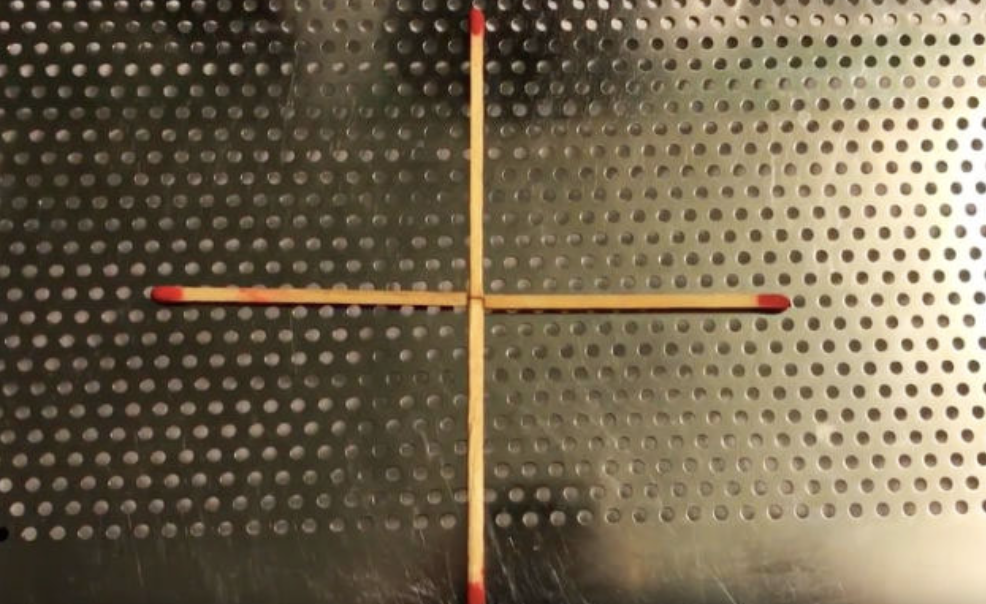
This puzzle will put your knowledge and analytical skills to the test. The picture of four matchsticks arranged in a plus-sign shape with the red coated heads facing outwards contains a logistical problem that is stumping people left and right. The challenge posed by the image is the following; can you move only one match to make a square?
At first glance it looks simple and seems very straightforward, but once you start to try and solve the puzzle it becomes clear that this is not the easiest puzzle to figure out! The accompanying video that shows the match puzzle gives you only twenty seconds to try and figure it out before the solution is shown, so if you need more time be sure to pause the clip.
For those of us who can’t seem to come up with the solution, and there will be many people who are baffled by this one, try approaching the puzzle from another perspective. Think beyond the obvious routes you may have already tried to solve it with and focus deeper on any other possible alternative ways to go about making a square.
Puzzles just like this one are fun and entertaining ways to challenge your brain and mind. They can help to keep you sharp, engaged, and occupied so if you ever need something to do look them up because there are all sorts of brain teasers, riddles, and similar types of puzzles and problems online. Also, they work wonders for keeping young children busy and they actually have an easier time solving puzzles like this. That’s because kids are more simplistic in their approach to things like this and look at challenges posed from different angles, whereas adults look for sequences and patterns to automatically jump out at them. When nothing stands out and they can’t figure it out, older people give up and skip ahead to the solution without even really ever having tried to solve it!
Take a look at the image now and put in a good faith effort to see if you can figure out how to make a square with just the four matches shown. Good luck and pass it on!
Please SHARE This With Family and Friends To See If They Can Solve The Puzzle 🙂
It Looks Like A Regular Sculpture. But Once It Starts Spinning I’m Completely Hypnotized!
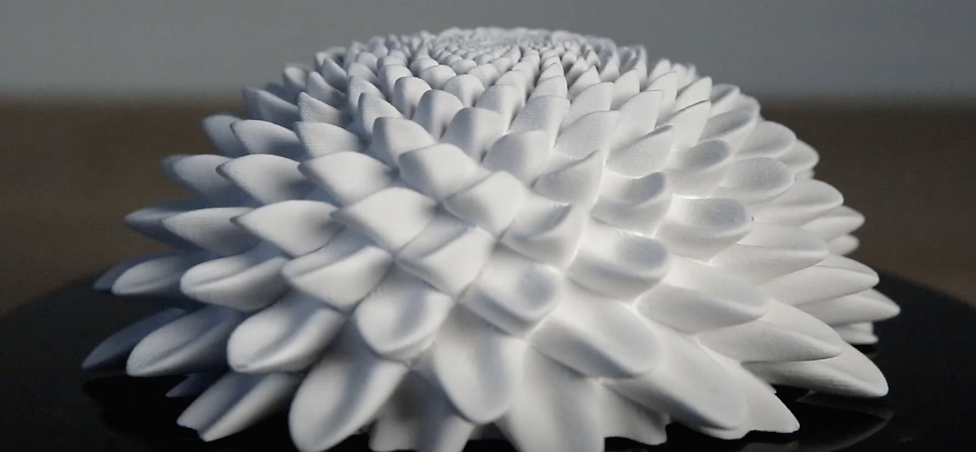
These 3D sculptures are not only works of art they are also optical illusions when they are spun under a strobe light. They were designed by Stanford University professor John Edmark who, with help from his students, create and print 3D sculptures based on mathematical equations. Specifically, they used the Fibonacci Sequence, a series of numbers where the next number is found by adding up the two numbers before it (0, 1, 1, 2, 3, 5, 8, 13 , 21…..).
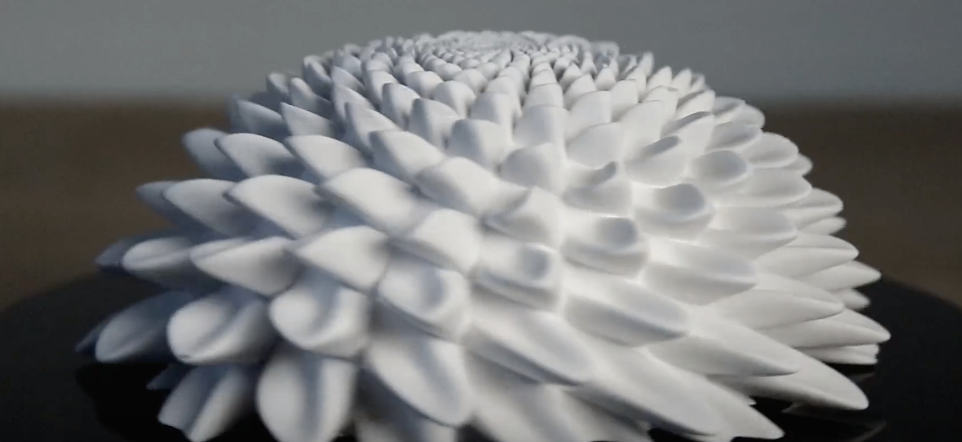
The placement of the appendages on the sculpture is based off of that sequence and that is what gives it the seemingly perfect shape. This sequence is used in computer algorithms, searches, and graphs. It can also be found in nature and shows up in the pattern where branches grow on trees, as well as in pinecones and sunflowers.
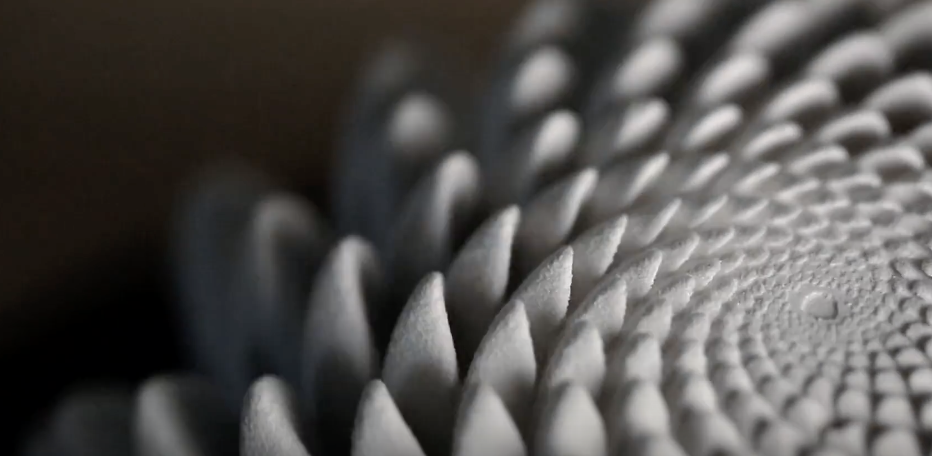
When the sculpture is rotated at a certain speed and synchronized with the strobe light, so that every time the sculpture turn 137.5 degrees one flash occurs, it appears animated. The sculptures look like they are turning, spiraling, and metamorphosing into different shapes and things. If you were to count the number of spirals on any of the sculptures it would always end up being Fibonacci numbers.
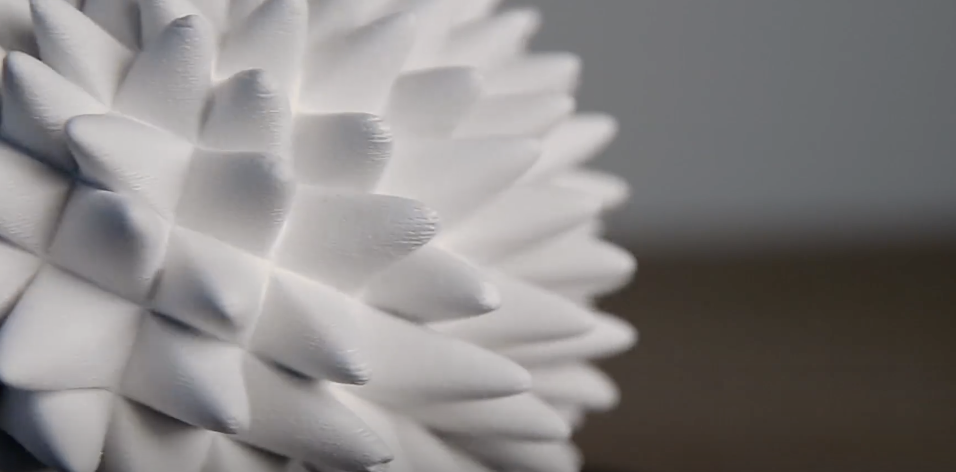
While all the math, speed, and light calculations make this artwork all the more interesting, don’t worry if you still don’t quite understand it (you are not alone ). It is awesome to look at and blends science, math, and art perfectly. Check it out and prepare to be hypnotized.
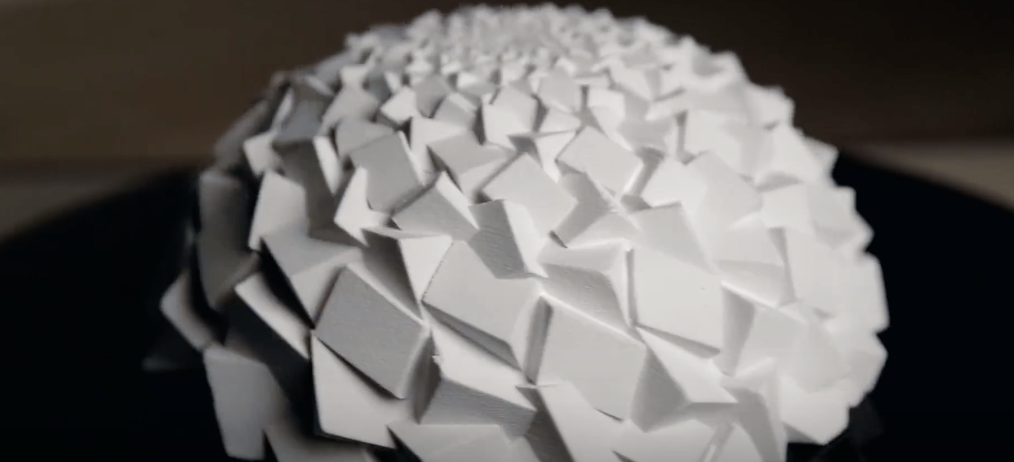
Please SHARE With Family and Friends

